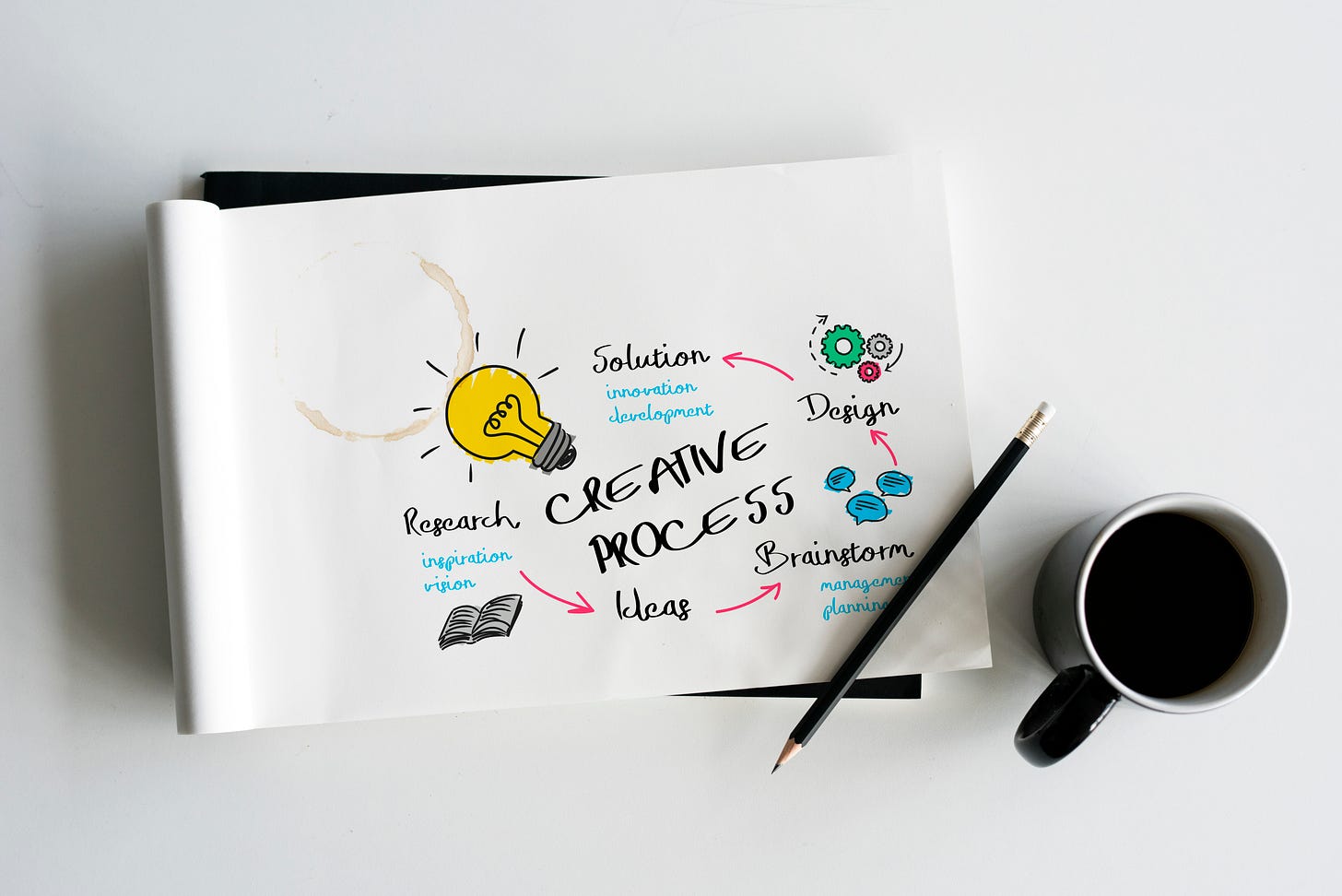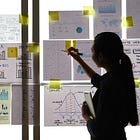Why Framework Thinking is Essential for Creative Professionals
In the creative industry, there's a persistent myth that true creativity emerges from unconstrained thinking – that structure inherently limits innovation and expression. Many designers and creative executives pride themselves on "thinking outside the box," yet ironically, this approach often leads to inconsistent results, missed opportunities, and inefficient processes.
After two decades crafting experiences for global brands, I've observed a pattern across numerous creative organizations: those that excel consistently aren't necessarily those with the most talented designers or the most cutting-edge tools. Rather, they're the ones that have mastered framework thinking.
What is Framework Thinking?
Framework thinking isn't about rigid templates or formulaic approaches. It's not creative work with training wheels. Instead, it's a structured approach to organizing information and problem-solving that provides scaffolding for your work. Think of it as creating a deliberate system that allows you to focus your energy on genuine innovation rather than reinventing foundational processes every time you face a blank canvas.
The most elegant designs appear effortless precisely because they're built on invisible structure. Just as a dancer's seemingly spontaneous movements are possible only through years of disciplined practice, your most inspired creative work emerges from well-established mental frameworks.
Why Creative Professionals Resist Frameworks
The resistance to frameworks in creative fields stems from several misconceptions:
The romanticization of the "creative genius" – The myth that great ideas emerge only from unstructured exploration
Fear of homogenization – The concern that frameworks will lead to generic, predictable outcomes
Perceived limitations on expression – The belief that structure inherently restricts creative possibility
The association with corporate bureaucracy – The idea that frameworks represent unnecessary process for process's sake
I've encountered countless designers who dismiss frameworks as "constraints on creativity" while simultaneously spending hours in unfocused ideation sessions that produce little of value. They fail to recognize that their resistance to structure doesn't make them more creative – it makes them less effective.
Framework Thinking as a Competitive Advantage
Let's be brutally honest: in today's hyper-competitive creative landscape, raw talent alone won't cut it. Clients don't care about your creative process; they care about results. And delivering results consistently requires structure.
Consider the most basic framework in design: the creative brief. When properly constructed, it doesn't limit creativity – it focuses it. It transforms vague requests into clear challenges that can be solved with purpose and precision.
Without this framework, even brilliant designers end up playing an endless guessing game with clients, leading to multiple revisions, budget overruns, and damaged relationships. I've watched talented teams produce mediocre work not because they lacked creativity, but because they lacked the frameworks necessary to channel that creativity effectively.
The AI Imperative for Framework Thinking
The emergence of generative AI has made framework thinking not just valuable but essential for creative professionals. Without frameworks, most designers approach AI as a sophisticated toy rather than a transformative tool.
Look around at how your peers are using image generation AI: randomly typing prompts, marveling at outputs, then starting over with no clear direction or purpose. It's digital finger painting – amusing, perhaps, but rarely producing work of genuine value.
Framework thinking transforms this aimless experimentation into purposeful creation by:
Defining clear creative objectives before touching AI – Understanding what problem you're solving and for whom
Creating structured prompt strategies – Building systematic approaches to prompt engineering based on desired outcomes
Establishing evaluation criteria – Developing objective measures to assess AI outputs against business and creative goals
Mapping AI capabilities to specific creative challenges – Identifying where AI can most effectively augment human creativity
Integrating AI outputs into larger creative systems – Understanding how AI-generated elements fit into comprehensive design solutions
When an advertising visual emerges from a framework-based approach, it's not just aesthetically pleasing – it's strategically sound. It answers specific marketing questions, addresses defined audience needs, and fulfills precise campaign objectives. The framework ensures that every creative decision, whether made by human or AI, serves a larger purpose.
Without this framework, you get what we see flooding the market today: visually impressive but strategically hollow creative that fails to deliver meaningful results. Beautiful noise signifying nothing.
The Future Belongs to Framework Thinkers
As AI continues to democratize certain aspects of design execution, the value of creative professionals will increasingly lie not in their ability to generate visuals, but in their capacity to think strategically and systematically about creative challenges.
The designers who thrive in this new landscape won't be those with the most impressive portfolios of AI experiments; they'll be those who can:
Translate business challenges into creative frameworks – Building structured approaches to problem-solving that align with strategic objectives
Orchestrate AI capabilities within those frameworks – Leveraging AI as one instrument in a carefully conducted creative symphony
Evaluate outputs against framework-defined criteria – Assessing work not just for aesthetic appeal but for strategic effectiveness
Iterate systematically rather than randomly – Using frameworks to guide refinement processes toward meaningful improvement
Communicate the strategic value of creative decisions – Articulating how framework-based approaches deliver business results
This isn't just speculation – it's already happening. The most sophisticated creative organizations aren't treating AI as a replacement for designers; they're using it as a catalyst to elevate design thinking to a more strategic level. And frameworks are the scaffolding that enables this elevation.
Conclusion: Structure as Liberation
The most powerful frameworks don't constrain creativity—they enable it by removing unnecessary obstacles and creating shared understanding. They allow you to direct your energy toward genuine innovation rather than reinventing processes or deciphering ambiguous directions.
In the AI era, frameworks serve an additional crucial function: they transform AI from a random idea generator into a precision tool for solving specific creative challenges. They ensure that every prompt has purpose, every output has context, and every decision serves a larger strategy.
Here's the uncomfortable truth: your resistance to frameworks isn't making you more creative – it's making you less relevant. While you cling to romantic notions of unfettered creativity, your more pragmatic competitors are using frameworks to deliver better work more consistently and efficiently.
The choice is yours: continue believing that structure inhibits creativity and treating AI as a sophisticated toy, or recognize that the most powerful creative expressions emerge not from chaos, but from clarity – and that frameworks provide the path to that clarity in an increasingly AI-augmented creative landscape.


